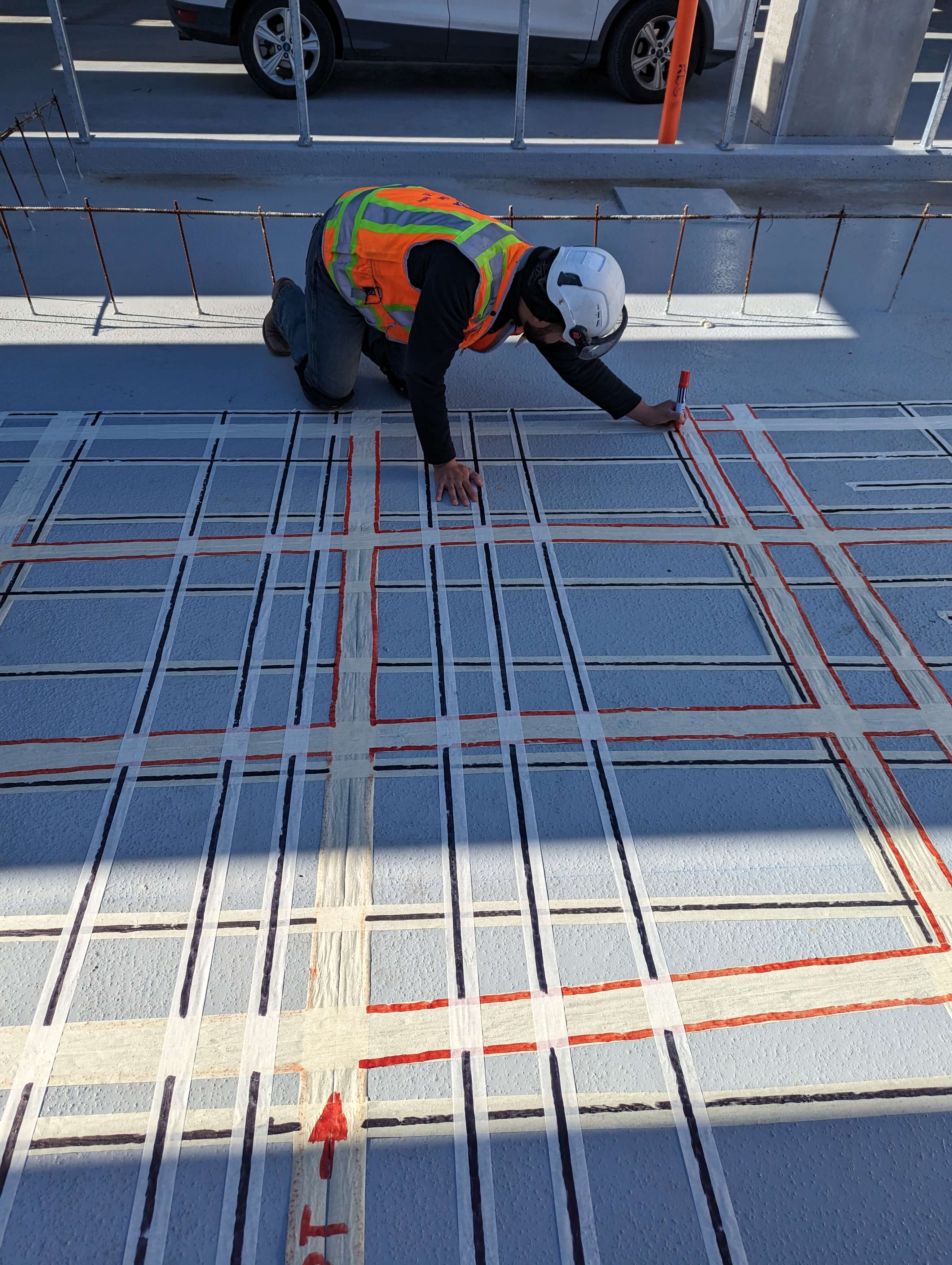Past the Surface: Leveraging Advanced Concrete Scanning Techniques for Unmatched Accuracy and Insight
In the realm of building and framework upkeep, the quest for accuracy and thoroughness is incessant. Advanced concrete scanning techniques have become essential tools in this pursuit, using a glance underneath the surface to unveil a globe of vital insights. By harnessing sophisticated innovations, professionals can reveal anomalies, assess the problem of concrete structures, and make notified decisions that form the course of jobs. The implications of these strategies extend much beyond plain surface-level assessments, promising a deepness of accuracy and understanding that is exceptional.
Relevance of Advanced Concrete Scanning
The value of making use of sophisticated concrete scanning strategies hinges on the unequaled precision they provide for detecting sub-surface anomalies and making sure architectural integrity. By employing innovative modern technologies such as ground-penetrating radar (GPR), electromagnetic induction, and advanced finder imaging, construction professionals can dig under the surface of concrete frameworks with a degree of precision that much surpasses traditional evaluation approaches. Concrete Scanning. These strategies make it possible for the recognition of surprise threats like rebar deterioration, gaps, avenues, or post-tension wires that can endanger the security and safety and security of a framework with time
In addition, progressed concrete scanning supplies invaluable understandings right into the total problem of a concrete aspect without the requirement for intrusive procedures, decreasing the threat of creating damages during the assessment procedure. The capacity to determine the specific area and deepness of possible problems permits targeted repair services and maintenance, ultimately lengthening the life expectancy of the structure and optimizing its efficiency. Fundamentally, the relevance of sophisticated concrete scanning can not be overstated in the world of construction and framework maintenance, where accuracy and reliability are extremely important.
Sorts Of Cutting-Edge Technologies

Abnormalities and Flaw Discovery

Along with GPR, concrete scanning methods like thermography and impact-echo screening are also efficient in detecting anomalies and flaws. Thermography utilizes infrared technology to identify variations in surface temperature, suggesting prospective locations of problem such as delamination or moisture ingress. On the other hand, impact-echo testing involves evaluating acoustic actions to identify gaps, splits, and various other issues within the concrete. By leveraging these advanced techniques, specialists can proactively resolve structural concerns, ensuring the longevity and safety of concrete frameworks.
Assessing Concrete Problem
Just how can designers accurately assess the condition of concrete structures to ensure their longevity over here and safety and security? Assessing the concrete condition is an important aspect of maintaining framework stability. Numerous innovative concrete scanning methods are utilized for this function. Ground-penetrating radar (GPR) is typically utilized to evaluate the internal structure of concrete, identifying spaces, cracks, and various other anomalies that may compromise its stamina. Furthermore, impact-echo testing can supply understandings into the thickness and honesty of concrete components. Ultrasonic pulse speed screening is an additional important approach for evaluating concrete high quality by gauging the speed of audio waves through the material.
Incorporating non-destructive screening techniques with visual inspections permits for a detailed examination of concrete condition, enabling engineers to recognize prospective issues early on and implement prompt maintenance or repair work. By leveraging these innovative strategies, engineers can guarantee the lasting toughness and security of concrete structures.
Enhancing Decision-Making Procedures
In the realm of infrastructure monitoring, enhancing decision-making processes is vital for ensuring the reliable maintenance and long life of concrete structures. Boosted decision-making processes in concrete monitoring involve using advanced scanning strategies to gather in-depth data on the problem of structures. By leveraging modern technologies such as ground-penetrating radar and 3D imaging, stakeholders can make informed decisions pertaining to reinforcement, substitute, or fixing methods.
These progressed scanning techniques offer very useful insights into the internal structure of concrete, recognizing possible problems such as spaces, splits, or deterioration that may not show up externally. This degree of in-depth details permits for proactive maintenance planning, minimizing the danger of structural failures and boosting the general life expectancy of concrete frameworks.
Additionally, by integrating digital documents and analysis devices right into the decision-making process, stakeholders can track the view website advancement of concrete conditions over time, making it possible for predictive upkeep methods and optimizing source allotment. Ultimately, the combination of advanced concrete scanning strategies enhances decision-making procedures by offering unparalleled precision, insight, and effectiveness in infrastructure monitoring.
Final Thought
To conclude, advanced concrete scanning strategies provide unparalleled precision and understanding in discovering abnormalities, problems, and analyzing the condition of concrete frameworks. By leveraging advanced modern technologies, decision-making processes can be boosted, causing even more efficient and anonymous educated solutions for preserving and repairing concrete facilities. These techniques play a crucial function in guaranteeing the safety and security and longevity of concrete frameworks, making them an indispensable device in the field of building and design.
In addition, advanced concrete scanning offers important understandings into the overall condition of a concrete element without the requirement for intrusive actions, minimizing the risk of causing damage during the assessment procedure - Concrete Scanning. An additional innovative technology is 3D X-ray scanning, which provides detailed images of the inner framework of concrete, supplying beneficial details without the demand for devastating screening. Furthermore, Concrete Cover Meters are utilized to determine the thickness of concrete cover over reinforcement bars properly. Boosted decision-making procedures in concrete administration involve utilizing innovative scanning methods to gather detailed information on the problem of structures.In conclusion, progressed concrete scanning methods provide unequaled accuracy and understanding in identifying abnormalities, problems, and evaluating the condition of concrete frameworks